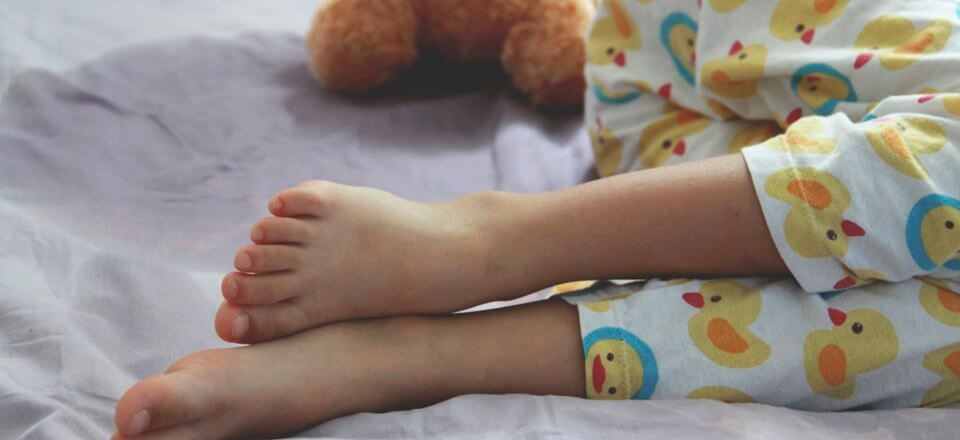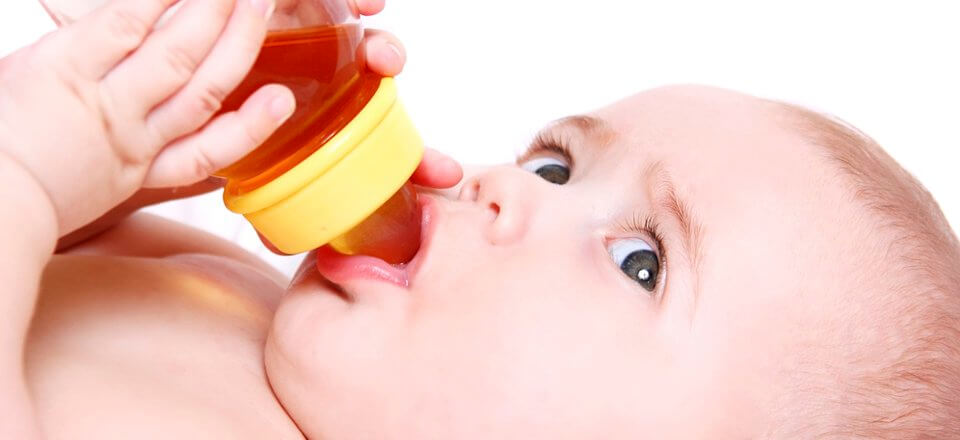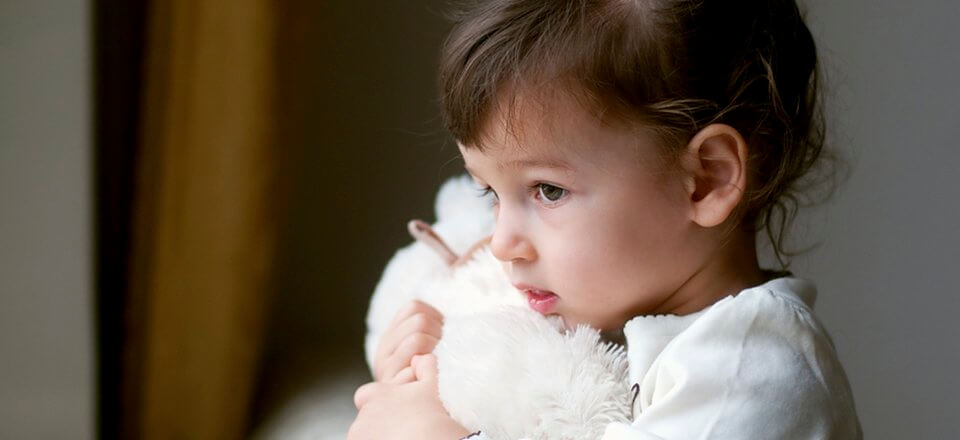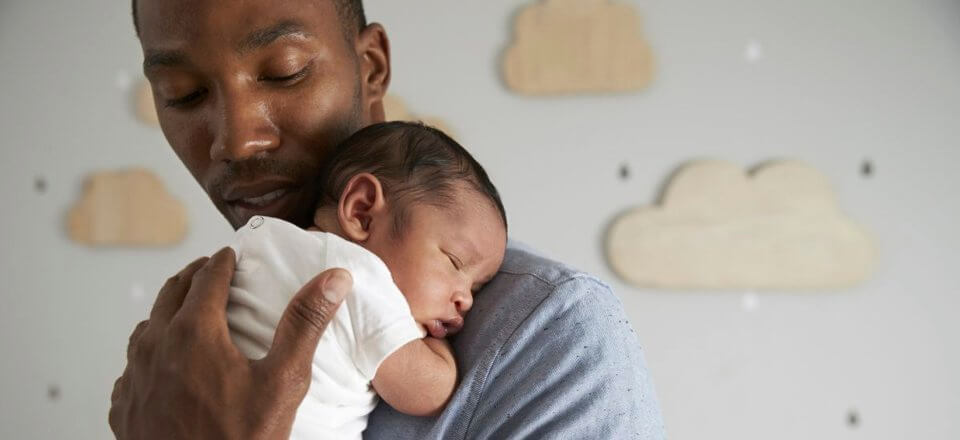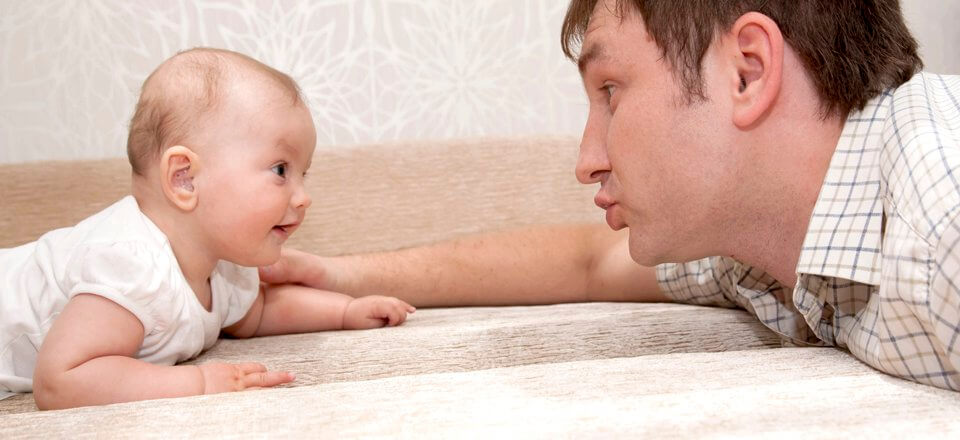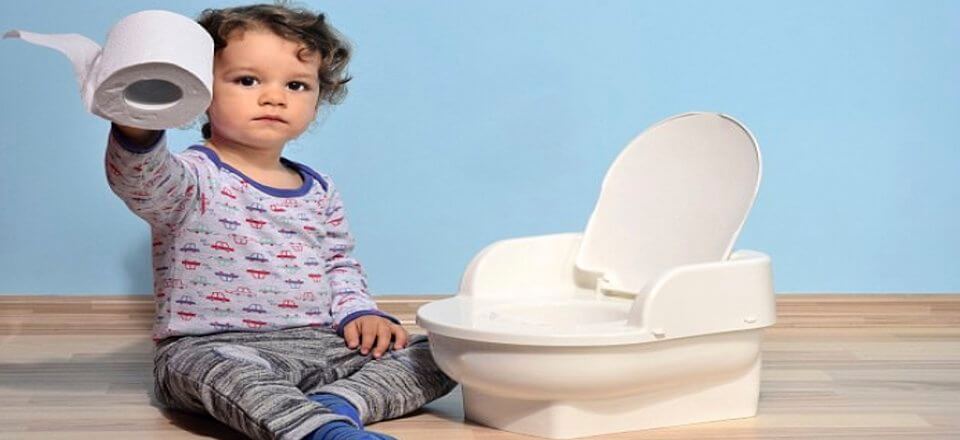
Potty Training 101
- Telling your child what you expect of him/her
- Your child telling you before he/she has to go pee or poop
- Undressing
- Going
- Wiping
- Dressing
- Flushing
- Hand washing
Potty Training 101
From Start to Finish
Potty training includes these steps:
- Telling your child what you expect of him/her
- Your child telling you before he/she has to go pee or poop
- Undressing
- Going
- Wiping
- Dressing
- Flushing
- Hand washing
Signs of Readiness
- Your child can follow simple instructions.
- Your child can walk to and from the bathroom and help undress.
- Your child seems uncomfortable with soiled diapers and wants to be changed.
- Facial expressions, posture or words reveal when your child is about to urinate or have a bowel movement.
- Your child asks to use the toilet or potty chair.
- Your child asks to wear grown up underwear.
- Your child stays dry at least 2 hours at a time during the day, or is dry after naps.
- Bowel movements become regular and predictable.
When Not to Potty Train
Do not try and potty train during stressful times in the family such as:
- Your family has just moved or will move in the near future.
- You are expecting a baby or you have recently had a new baby.
- There is a major illness, recent death, or some other family crisis.
Each Child is Different When it Comes to Toilet Training
- What works for one may not work for another.
- Keep different techniques available to keep your little one interested.
- Today there are a large amount of different products to help with potty training: potty chairs, dolls, videos, books, etc.
- The important thing is to begin potty training with the right training aids and knowledge, that the experience is positive from the start. Don’t wait until you and your child are frustrated to read the bedtime potty book or play with the fun musical potty. Make it positive from the start.
Once You Are Ready to Start
Take your child to the bathroom with you and talk about what you are doing.
Use consistent words associated with potty training. Whether you say “poop” and “pee” or “defecate” and “urinate,” choose words that are not offensive or embarrassing or that describe toileting functions in a negative way.
Encouraging Steps
- Provide your child with a potty chair that is low to the ground so that the feet touch the floor.
- Place your child on the potty seat at the same time each day so this becomes a regular part of his/her daily routine.
- Ask your child regularly to go to the bathroom, and encourage him/her to tell you when he/she needs to go.
- When your child goes to the potty, be sure to reward; should your child fail to go in the potty, don’t scold or punish him/her.
Potty Training Wrap-up
- This is not an easy step. Be prepared for frustrating days.
- Keep up your spirits and know that your child will not go to college in diapers!!
- Don’t let anyone push you into potty training just because their child was trained early doesn’t mean yours will.
- Keep an open mind on different techniques. The potty chair doesn’t have to be in the bathroom
- Always let your child know that you love him/her and will be right there with him/her.
- Expect many false starts and many accidents. when there is success REWARD!!
- Don’t expect dry nights for several weeks or months. They will need nighttime protection, but it is best not to use diapers!
- DON’T BEGIN TRAINING UNTIL YOUR CHILD IS CLEARLY READY—readiness does not just happen. It involves concepts and skills you can begin teaching your child at around 12-18 months.
- Your child can follow simple instructions.
- Your child can walk to and from the bathroom and help undress.
- Your child seems uncomfortable with soiled diapers and wants to be changed.
- Facial expressions, posture or words reveal when your child is about to urinate or have a bowel movement.
- Your child asks to use the toilet or potty chair.
- Your child asks to wear grown up underwear.
- Your child stays dry at least 2 hours at a time during the day, or is dry after naps.
- Bowel movements become regular and predictable.
- Your family has just moved or will move in the near future.
- You are expecting a baby or you have recently had a new baby.
- There is a major illness, recent death, or some other family crisis.
- What works for one may not work for another.
- Keep different techniques available to keep your little one interested.
- Today there are a large amount of different products to help with potty training: potty chairs, dolls, videos, books, etc.
- The important thing is to begin potty training with the right training aids and knowledge, that the experience is positive from the start. Don’t wait until you and your child are frustrated to read the bedtime potty book or play with the fun musical potty. Make it positive from the start.
- Provide your child with a potty chair that is low to the ground so that the feet touch the floor.
- Place your child on the potty seat at the same time each day so this becomes a regular part of his/her daily routine.
- Ask your child regularly to go to the bathroom, and encourage him/her to tell you when he/she needs to go.
- When your child goes to the potty, be sure to reward; should your child fail to go in the potty, don’t scold or punish him/her.
- This is not an easy step. Be prepared for frustrating days.
- Keep up your spirits and know that your child will not go to college in diapers!!
- Don’t let anyone push you into potty training just because their child was trained early doesn’t mean yours will.
- Keep an open mind on different techniques. The potty chair doesn’t have to be in the bathroom
- Always let your child know that you love him/her and will be right there with him/her.
- Expect many false starts and many accidents. when there is success REWARD!!
- Don’t expect dry nights for several weeks or months. They will need nighttime protection, but it is best not to use diapers!
- DON’T BEGIN TRAINING UNTIL YOUR CHILD IS CLEARLY READY—readiness does not just happen. It involves concepts and skills you can begin teaching your child at around 12-18 months.

